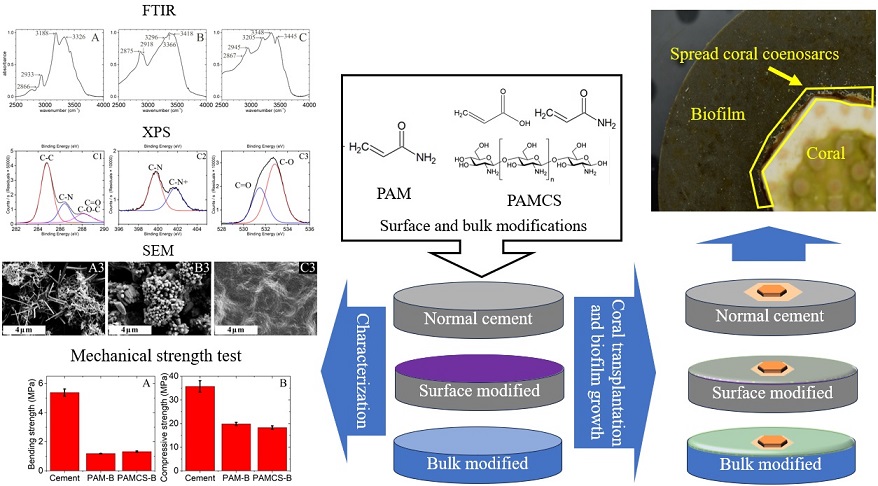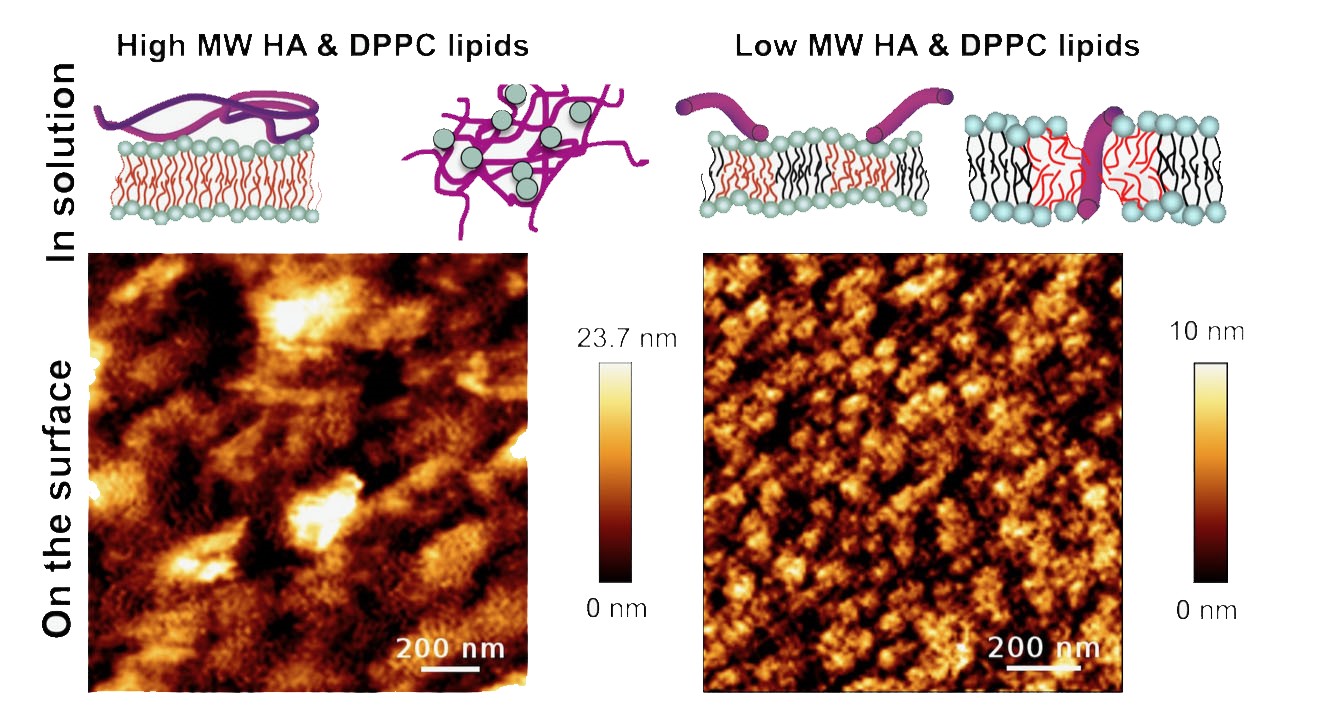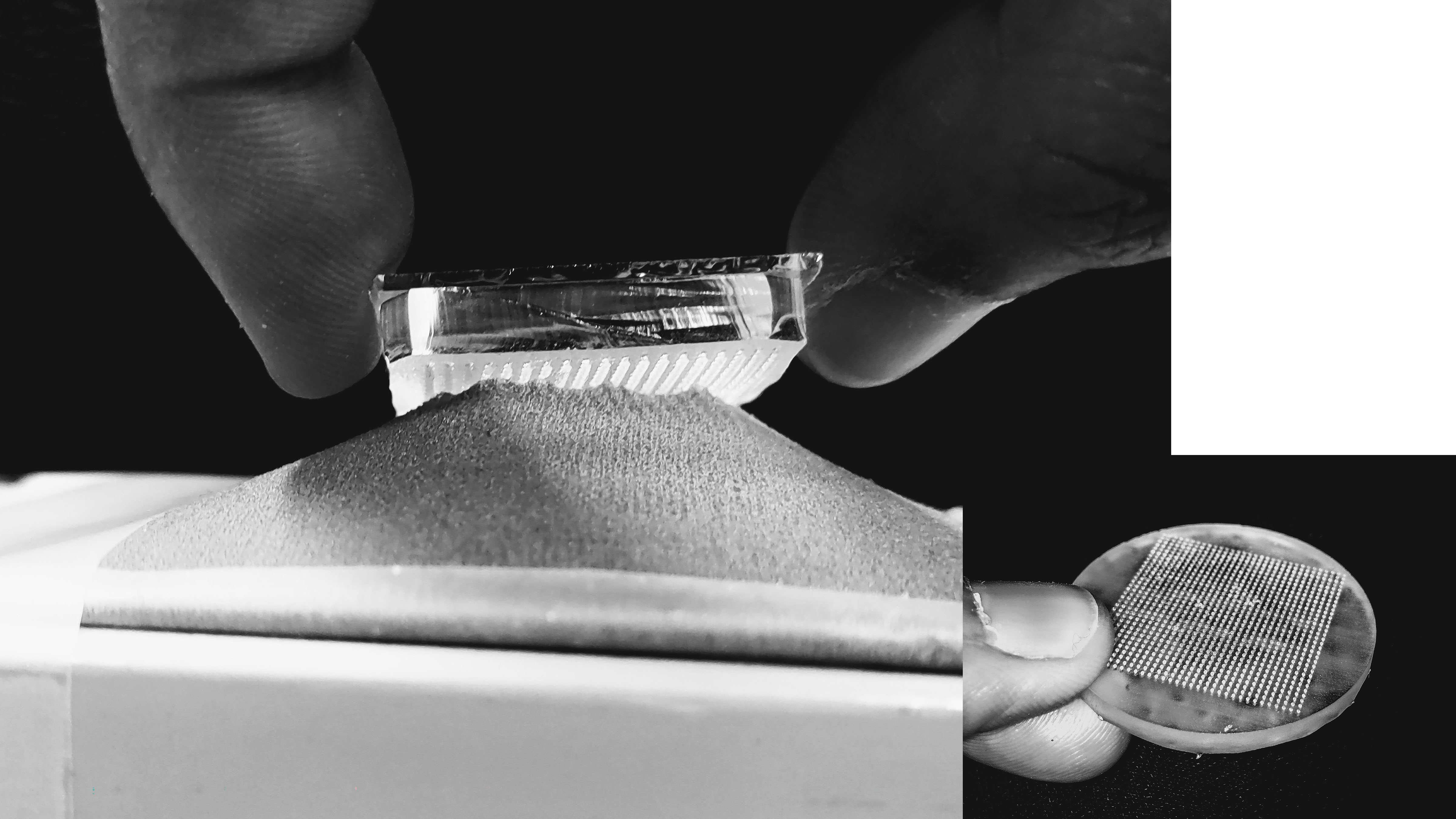Artificial coastlines, including human-made dikes and other engineered constructions, can help prevent erosion and protect from storms and flooding. However, ecological functions remain unprotected from many of these structures. So researchers in China have investigated the use of specialized types of cement.


